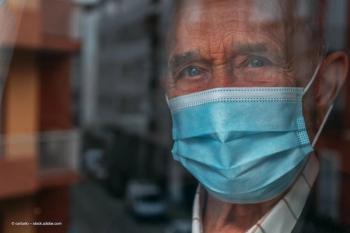
Differences in daytime and nocturnal IOP identified
The identified nocturnal differences in intraocular pressure (IOP) include reductions in aqueous flow, outflow facility and uveoscleral outflow, according to a study published in the Archives of Ophthalmology.
The identified nocturnal differences in intraocular pressure (IOP) include reductions in aqueous flow, outflow facility and uveoscleral outflow, according to a study published in the Archives of Ophthalmology.
Dr Hong Liu et al., Department of Ophthalmology and Visual Sciences, University of Nebraska Medical Center, Omaha, Nebraska, USA, studied 30 healthy participants. The measurements included IOP by pneumatonometry, aqueous flow by fluorophotometry, outflow facility by fluorophotometry and tonography, uveoscleral outflow by mathematical calculation, central cornea thickness by pachymetry, and blood pressure by sphygmomanometry. Each subject underwent 1 daytime visit and 1 nocturnal visit for the recording of aqueous humor dynamics.
The findings demonstrated that seated IOP was reduced by 16% when compared during the day and night. Nocturnal supine IOP increased by 17%. During the night, aqueous flow was reduced by 49% and fluorophotometric outflow facility was reduced by 45%. Uveoscleral outflow was lowered only when using tonographic outflow facility. All other measurements remained the same.
The results also suggested that nocturnal changes in IOP are influenced by the posture of the individual.
Newsletter
Get the essential updates shaping the future of pharma manufacturing and compliance—subscribe today to Pharmaceutical Technology and never miss a breakthrough.












































